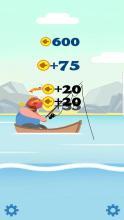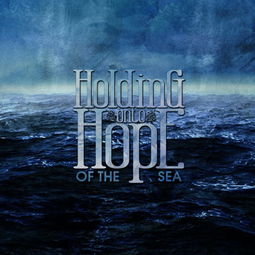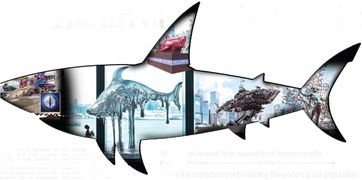Content:
Introduction: Fishing is an enjoyable outdoor activity that can be both relaxing and rewarding. However, mastering the art of fishing requires time, patience, and practice. In this article, we will provide you with a step-by-step guide on how to learn fishing techniques, along with helpful illustrations to make the process easier to understand. Whether you are a beginner or looking to improve your skills, this guide will help you become a more skilled angler.
Choosing the Right Equipment Before you start fishing, it is essential to choose the right equipment. Here is a list of essential fishing gear:
a. Rod and reel: Select a rod and reel that suits your fishing style and the type of fish you want to catch. For beginners, a lightweight spinning rod and reel are recommended.
b. Line: Choose a line that matches the rod and reel. Monofilament and fluorocarbon lines are popular choices for beginners.
c. Hooks: Select the appropriate hook size and style based on the type of fish you are targeting.
d. Lures and baits: Lures come in various shapes, sizes, and colors, while baits include live bait and artificial bait. Experiment with different options to see what works best for your target fish.
e. Tackle box: Store your hooks, sinkers, swivels, and other fishing accessories in a tackle box for easy access.
Learning the Basics a. Casting: Learn how to cast your rod with precision to reach your desired target. Start by practicing your casting technique with a soft bait, such as a plastic worm or a jig.
b. Reeling in: Master the art of reeling in your catch smoothly and efficiently. This will help you land your fish without causing it stress.
c. Baiting: Learn how to properly bait your hook with live bait or artificial lures. This will increase your chances of attracting fish.
Identifying Fish Species a. Research the fish species you are targeting: Understand the habits, preferences, and behavior of the fish you want to catch. This will help you choose the right bait and tackle.
b. Study fish identification guides: Familiarize yourself with the appearance and characteristics of different fish species to help you identify your catch.
Understanding Water Conditions a. Learn about water temperature, pH levels, and oxygen levels: These factors can significantly impact fish behavior and feeding patterns.
b. Study the weather forecast: Fish tend to be more active during certain weather conditions, such as overcast days or during the evening.
Using Techniques and Strategies a. Nymphing: This technique involves using a nymph fly under the water to imitate a struggling insect. It is effective for catching trout and other freshwater fish.

b. Topwater fishing: Use lures that float on the surface of the water to attract fish. This technique is popular for catching bass and other species.
c. Stillwater fishing: Target fish in lakes, ponds, and reservoirs by casting your line and retrieving it slowly or with short, sharp twitches.
d. Stream fishing: Use a fly rod and learn to present your fly naturally in the currents of a stream. This technique is great for catching trout and other species.
Fishing Etiquette and Safety a. Respect the environment: Be mindful of your surroundings and follow local fishing regulations.
b. Handle fish with care: Use a net or gently lift the fish out of the water to avoid causing injury.
c. Learn first aid: Familiarize yourself with basic first aid techniques to handle any fishing-related injuries.
Conclusion: Learning fishing techniques takes time and practice, but with this step-by-step guide and helpful illustrations, you will be well on your way to becoming a skilled angler. Remember to have patience, enjoy the process, and respect the natural environment. Happy fishing!












